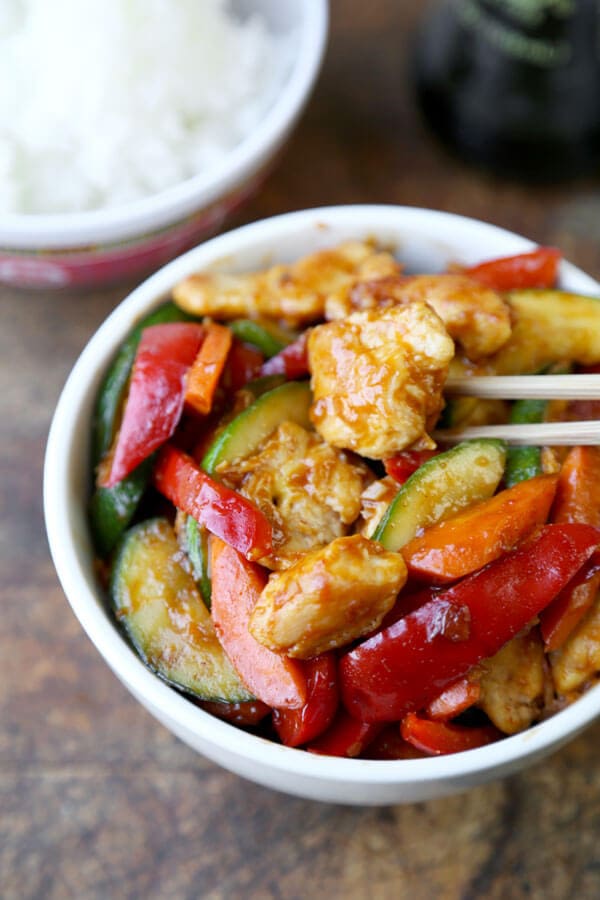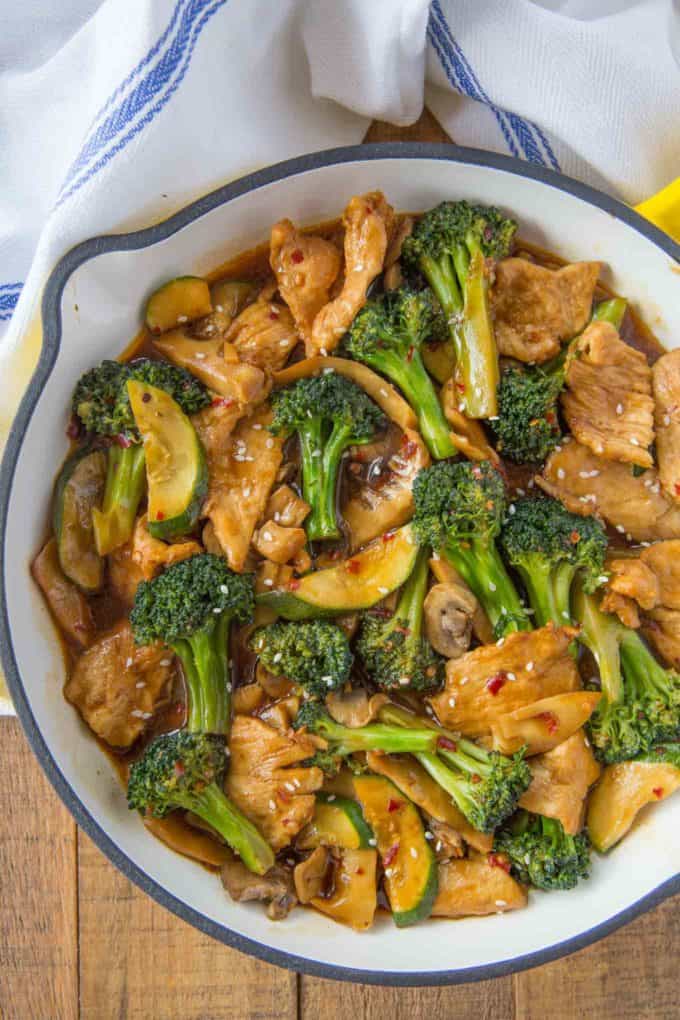

Next, batter and deep-fry the chicken before tossing it into a pan for stir-frying. If you are looking to turn Hunan Chicken into Szechuan Chicken, you’ll need to start by cutting the chicken into cubes instead of slices. However, it would require a major difference in their preparation and a significant difference in the ingredients. Szechuan Chicken and Hunan Chicken can be substituted for one another. Thinly-cut, crustless chicken mixed with various vegetables.Ĭan You Substitute Szechuan for Hunan Chicken? Has about 100 calories per 100 grams of serving.Ĭubed chicken with a reddish tint and crispy crust. Has about 150 calories per 100 grams of serving. Often marinated in oyster sauce and wine. Meat is cut into cubes, battered, deep-fried then pan-fried. Typically served with veggies such as bell pepper, carrots, green onion, mushrooms, corn, and zucchini. Made with Doubanjiang, peppercorn, sugar, and wine or sherry. Robust but plain, with a tingly spice level that dances on your tongue.Ī spicy and tangy flavor profile, but less of a tingling sensation

Szechuan vs Hunan Chicken Comparison Table Hunan chicken is typically covered in brown gravy and looks more like a meat and vegetable medley in appearance.

It is more on the dry side due to the lack of sauce, but the chicken itself should be moist and tender. However, there are some restaurants that include a small amount of gravy in their Szechuan dish, which is usually derived from the broth of the chicken.Īppearance: Szechuan Chicken is a dish known for its reddish hue, which can be attributed to the chili bean paste or powder used to make it. Szechuan chicken, however, will usually have a dryer texture and no sauce or gravy. Hunan chicken, on the other hand, is a bit healthier, as it only has about 100 calories per 100-gram serving.ĭish Sauce: Hunan Chicken will typically have a light gravy covering the vegetables and meat. It’s also covered in batter (egg or flour) that adds to its caloric content.Įven more oil is used to prepare it, which can give it about 36 more calories per 100 gram of serving. The chicken is first deep-fried than stir-fried. With Hunan Chicken, the chicken itself is often sliced into thinner strips, marinated, and then stir-fried in hot oil with veggies.Ĭaloric Content: Overall, you will find that Szechuan Chicken typically has more calories due to its cooking method. While the chicken is still cooking, the red chili peppers, peppercorns, red chilis, and other ingredients are added to the mix and sauteed. Preparation: The chicken in Szechuan dishes is usually cut into cubes and then thrown into a flour-based batter and pan-fried. Szechuan Chicken is typically only served with peppers, sesame seeds, and in some cases bell peppers – but don’t be surprised if you find the chicken served by itself. It’s easily customizable based on your vegetable preferences. For example, your dish may contain vegetables including bell pepper, carrots, green onion, mushrooms, corn, and zucchini. Hunan Chicken, on the other hand, gets its fiery yet subtle spiciness from spicy chili bean powder or paste (the paste is also known as “doubanjiang”).Īdditional ingredients: Hunan Chicken is usually served with a medley of ingredients – or broccoli, at the very least. This explains why it’s often known to cause a bit of “mouth numbness” and tingling on the tongue when consumed. For example, Szechuan Chicken usually has dried red chili peppers and peppercorns. Spiciness: Even though both of these dishes can be spicy, their flavor profiles are created from different ingredients. Here are the main things to note when comparing the two dishes. Hunan Chicken tends to be a bit spicier and tangier and is usually mixed with vegetables, whereas Szechuan Chicken has a robust and less spicy flavor, and is usually only combined with peppers. The main difference between Szechuan Chicken and Hunan Chicken is the spiciness level and additional ingredients. Difference Between Szechuan and Hunan Chicken So, if you’re debating between ordering (or making) Hunan or Szechuan Chicken, you’ve come to the right place. To better understand their main differences, we’ve decided to compare and explore them for you in this article. They also originate from two different regions in China. However, the two dishes differ significantly in consistencies, ingredients, and flavor profile. While both are known for their rich and savory ingredients, are notable distinctions between the two dishes.īoth are typically served with steamed white or brown rice, and they work perfectly as an afternoon lunch or satiating evening meal. There’s a good chance you’ve seen both Szechuan Chicken and Hunan Chicken as menu items at your favorite local Chinese restaurants.


 0 kommentar(er)
0 kommentar(er)
